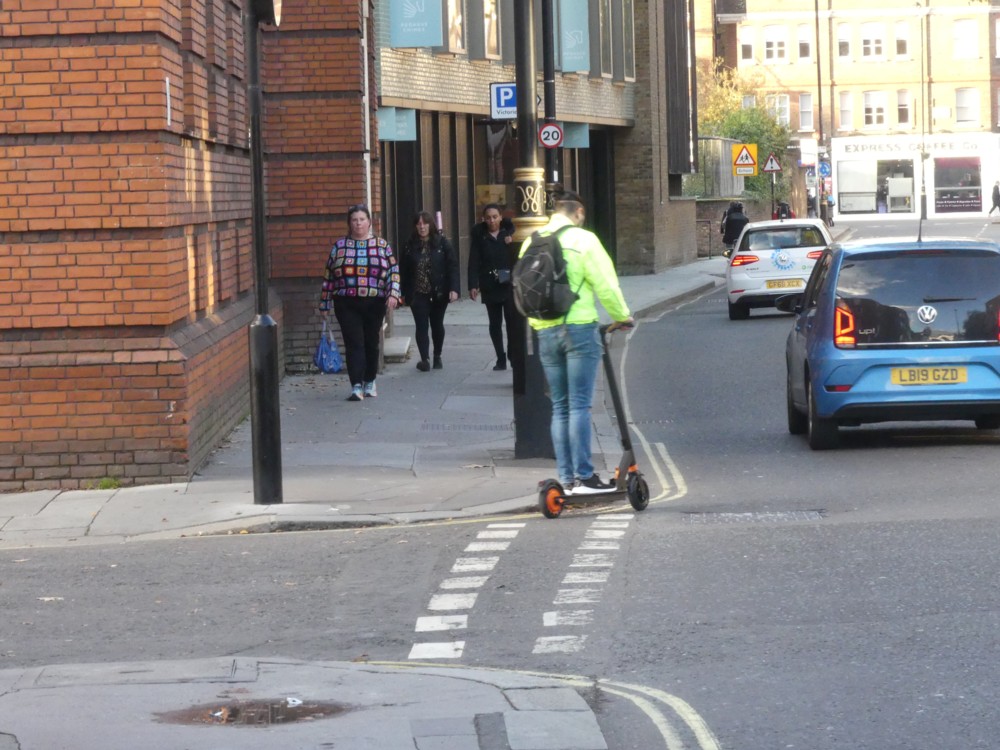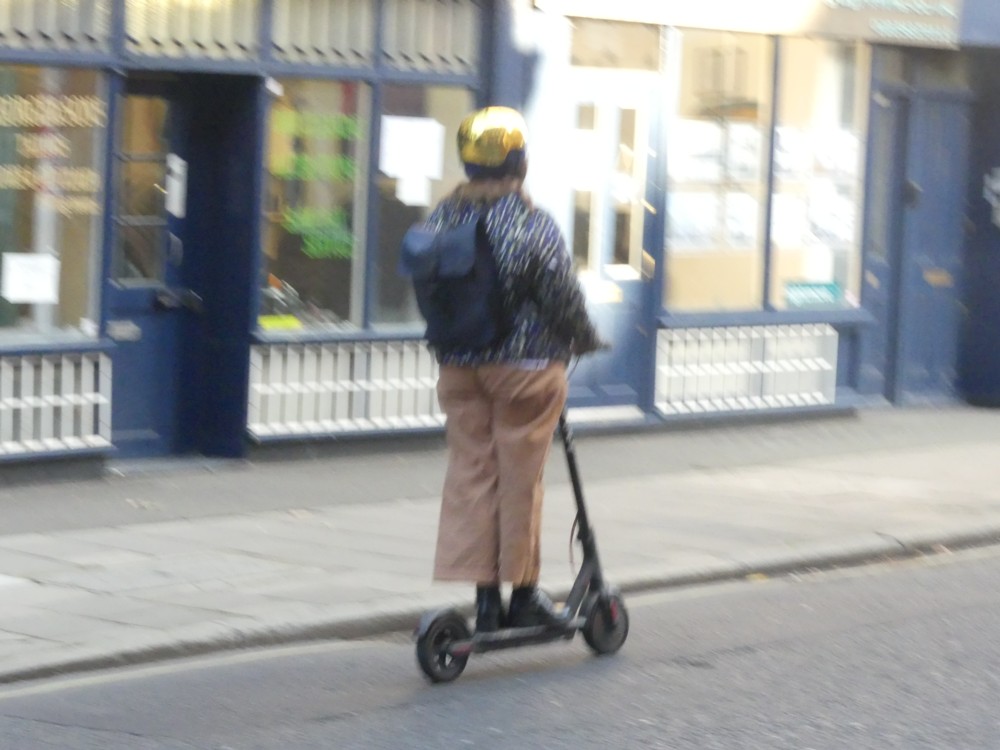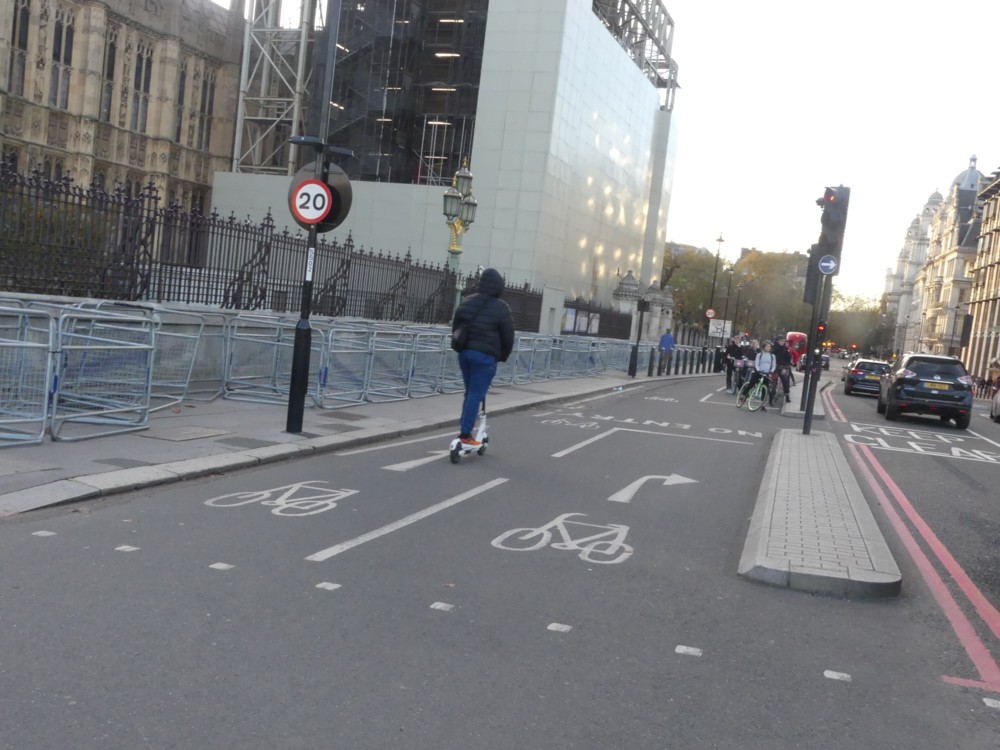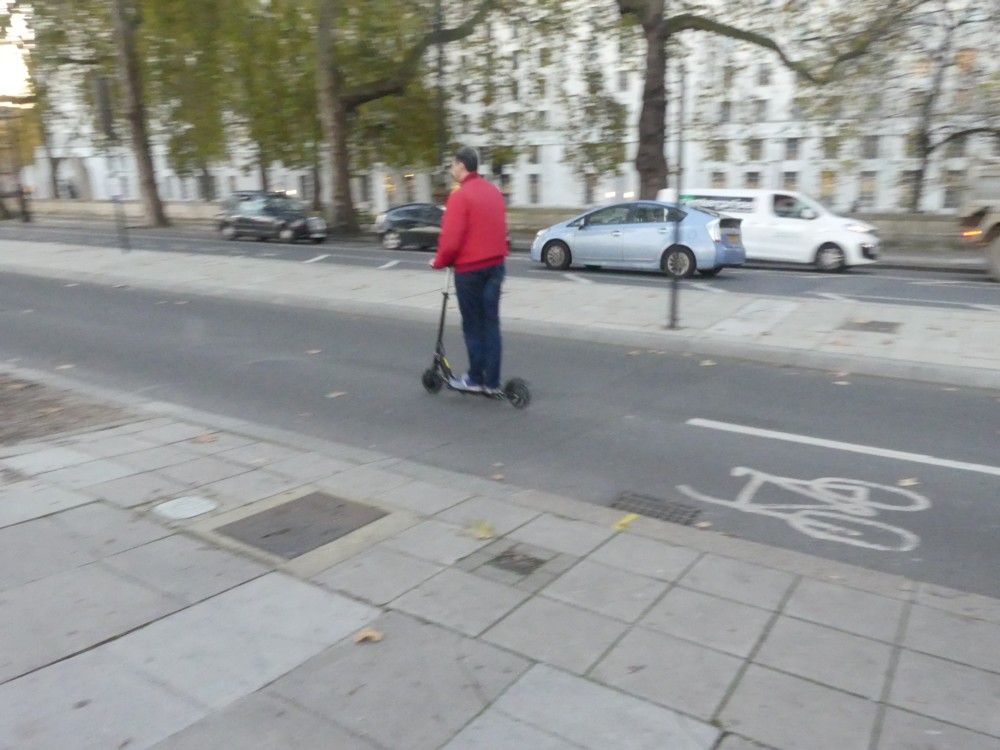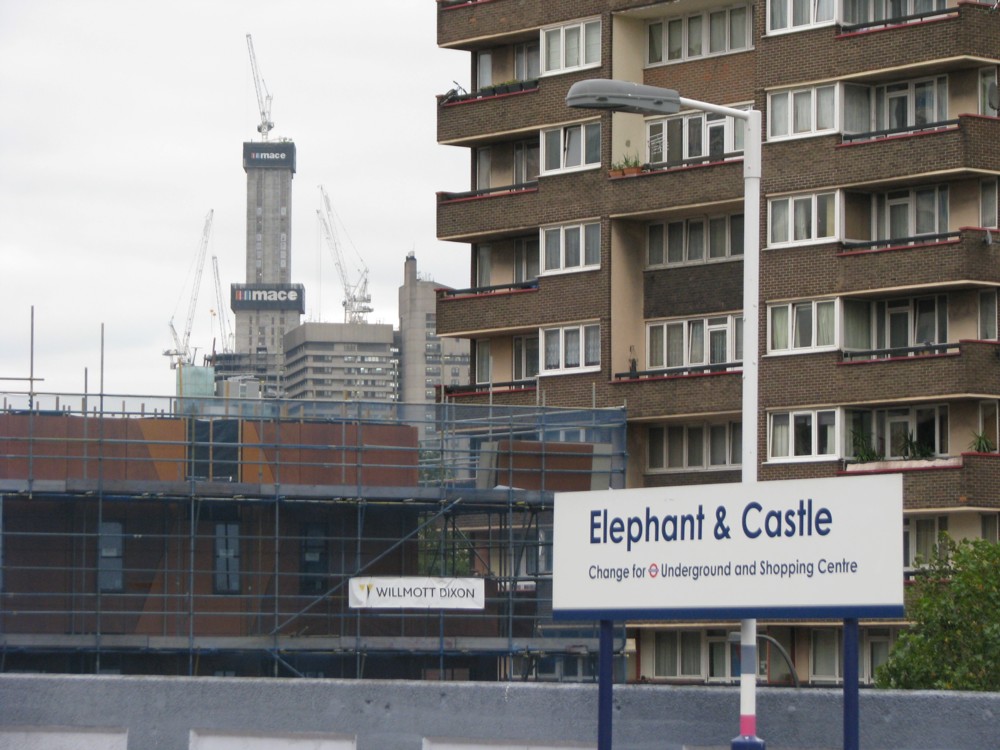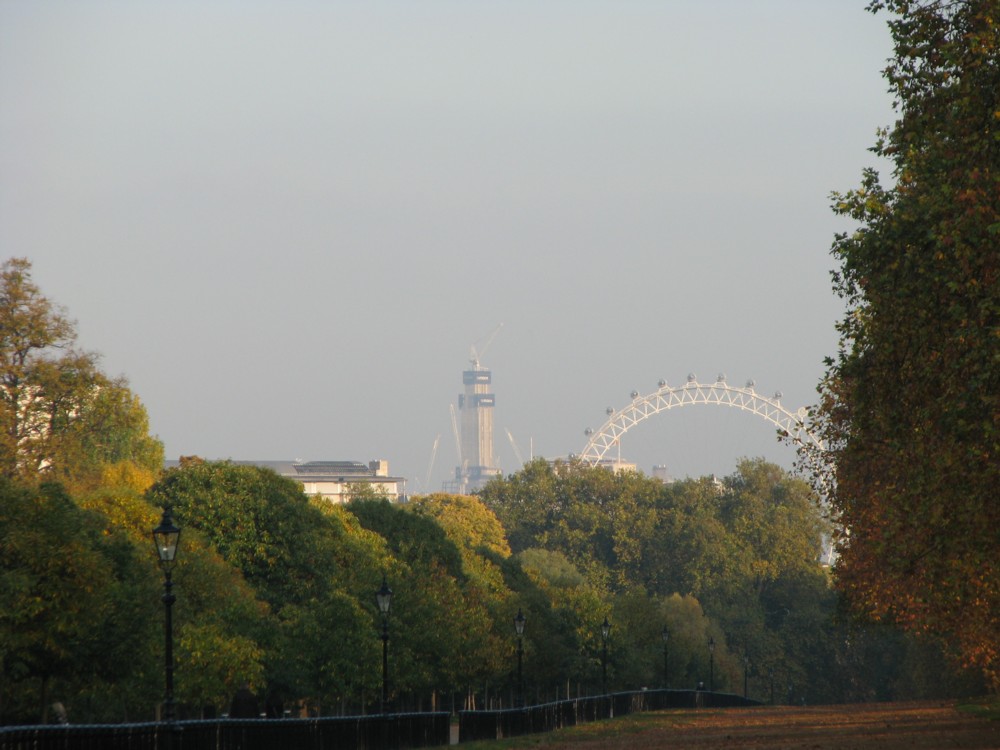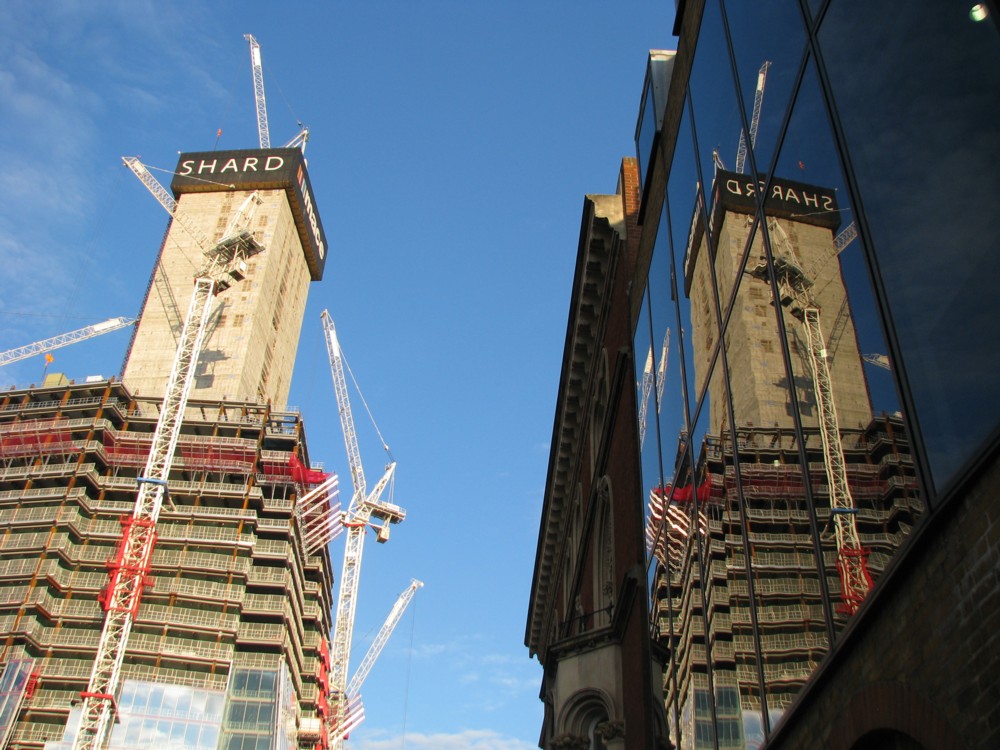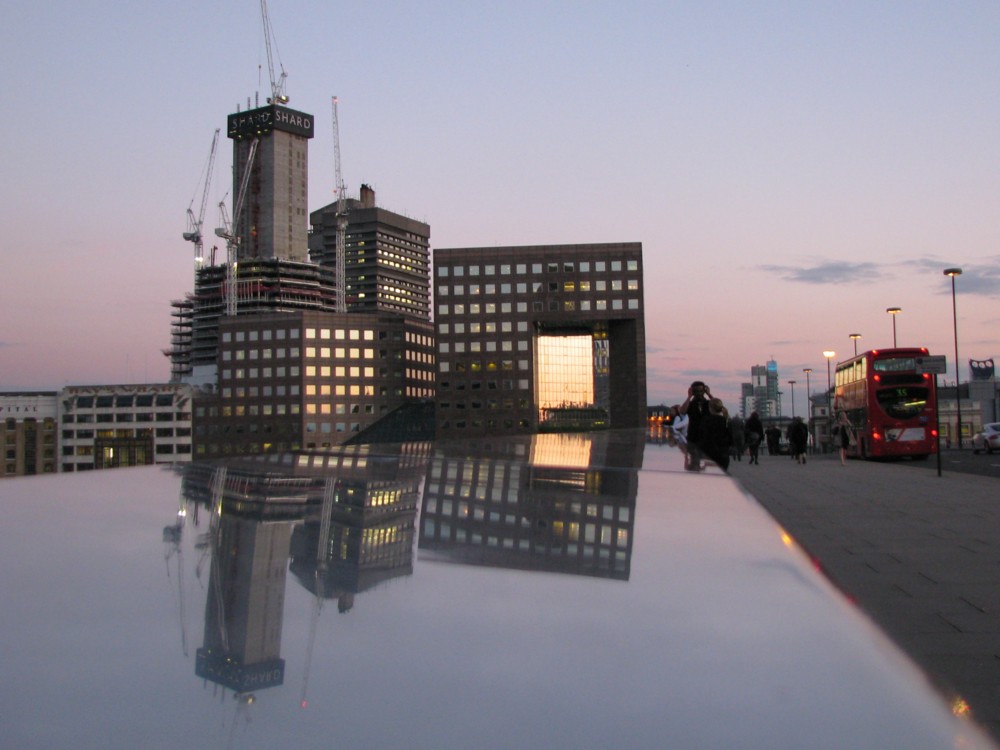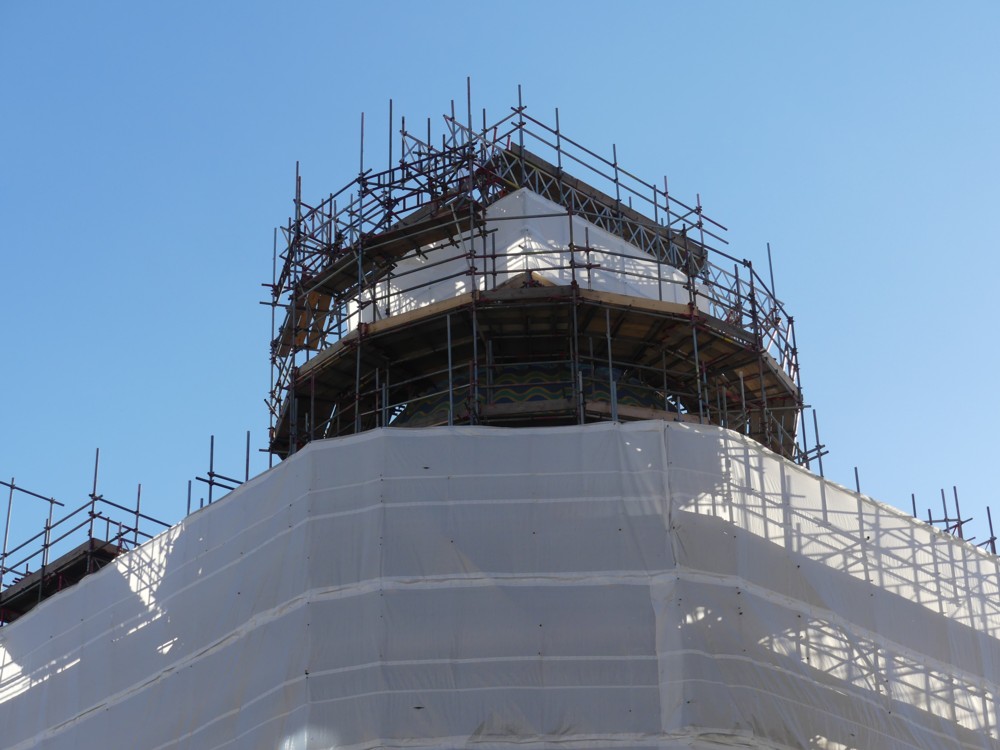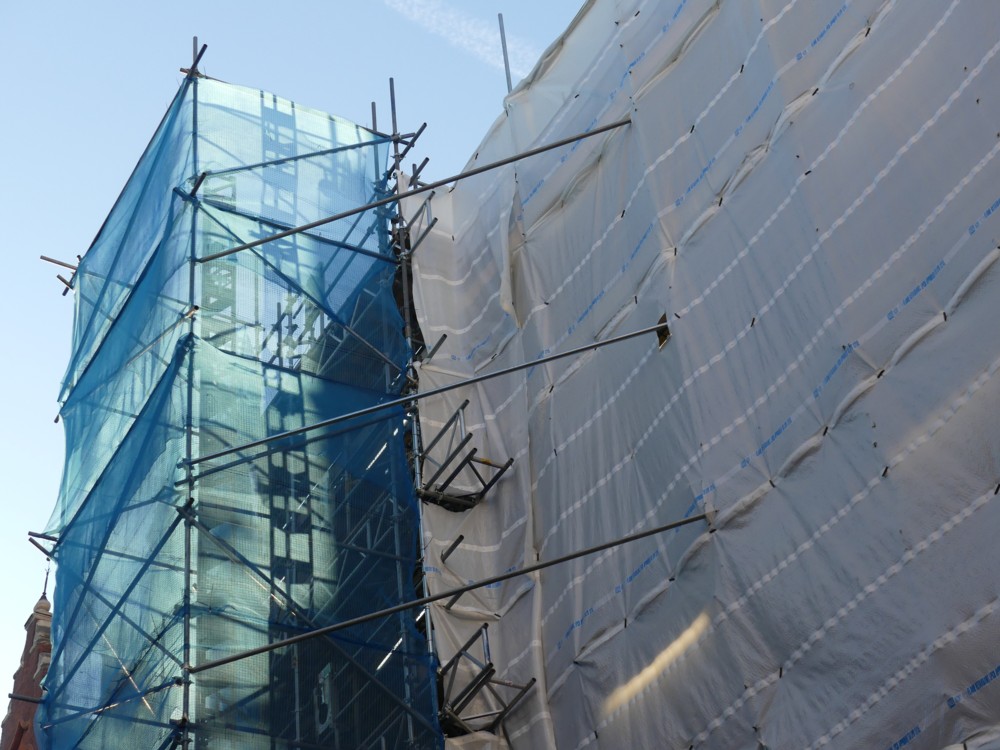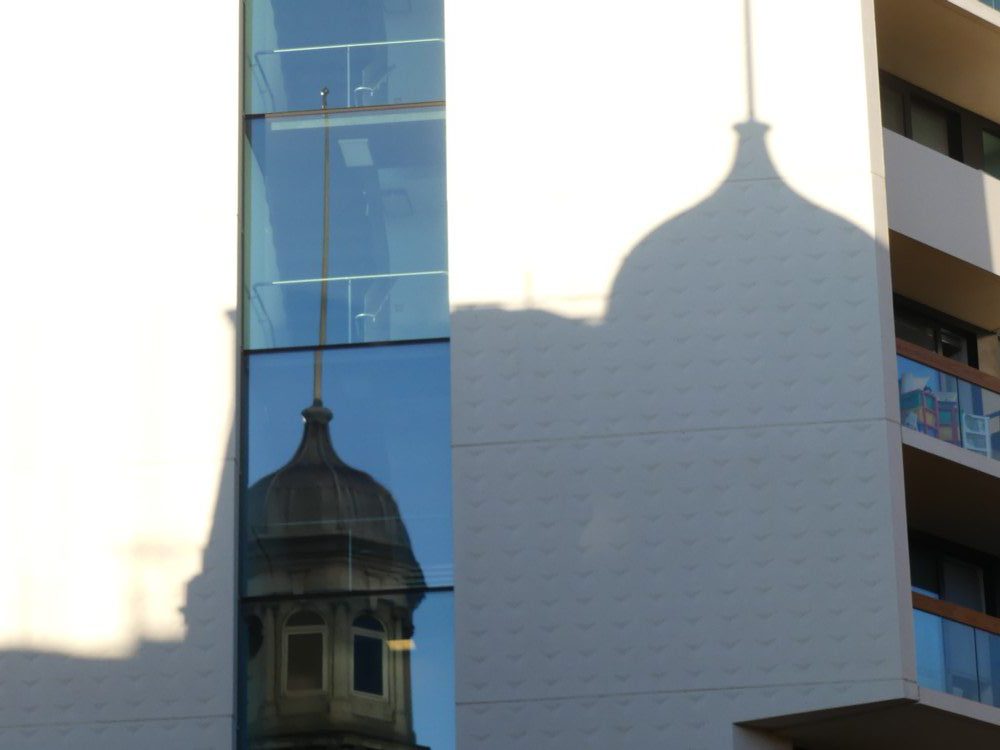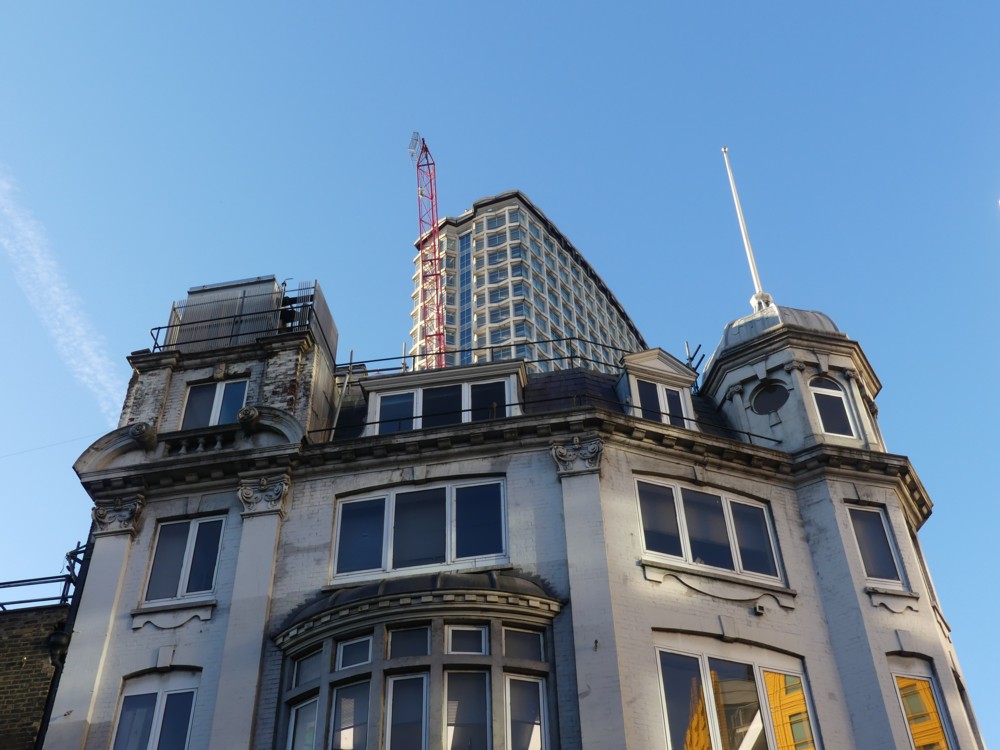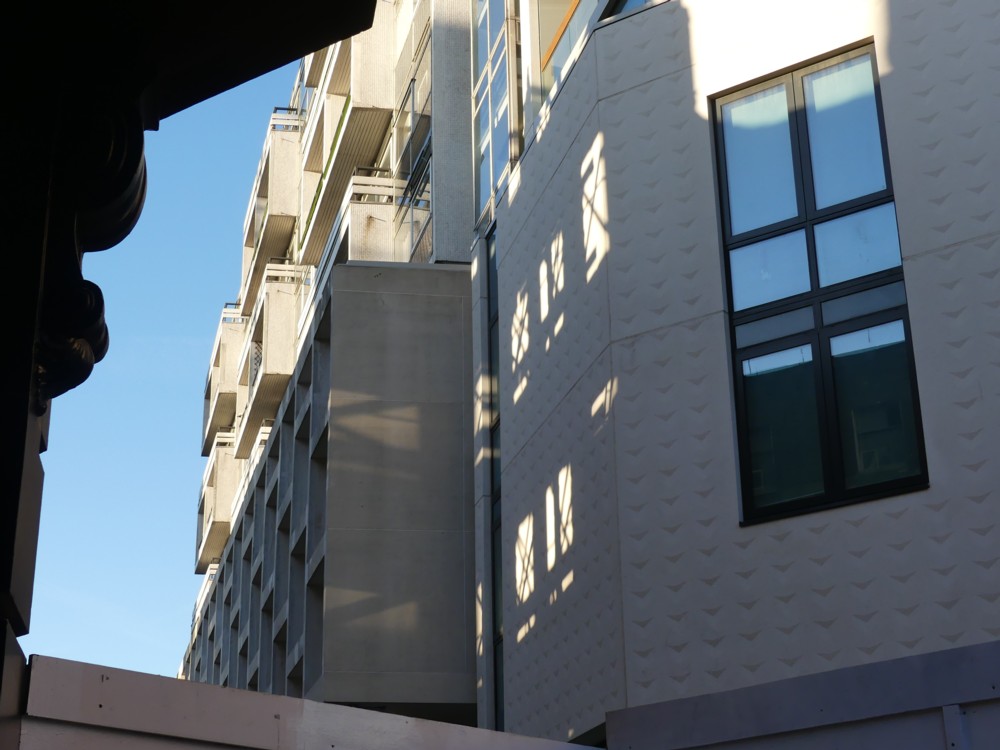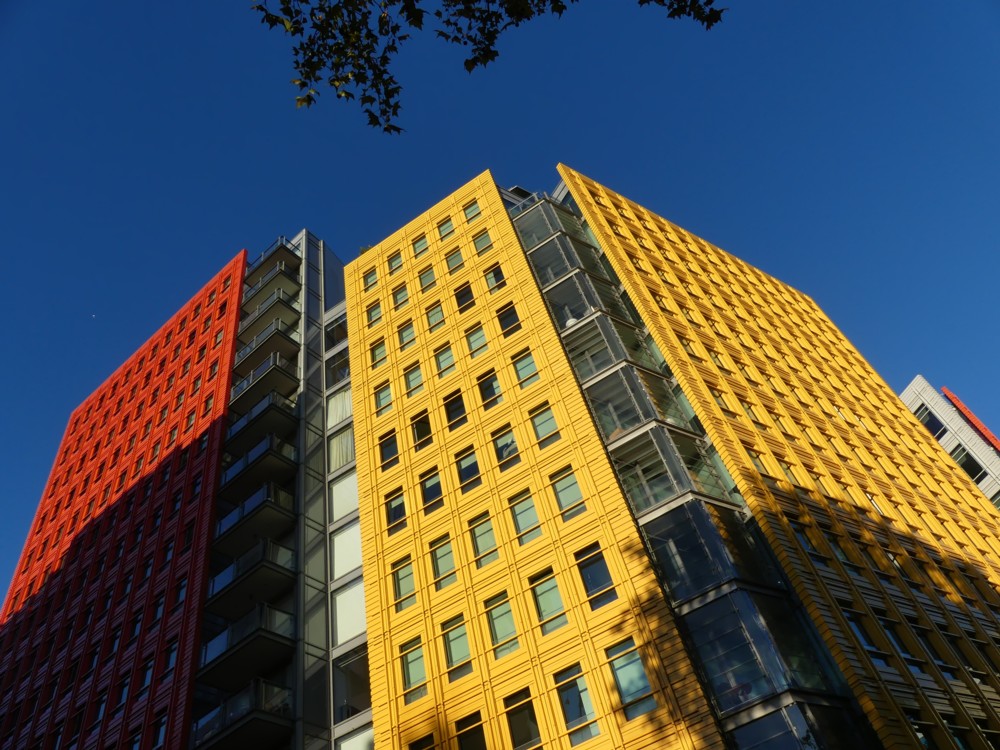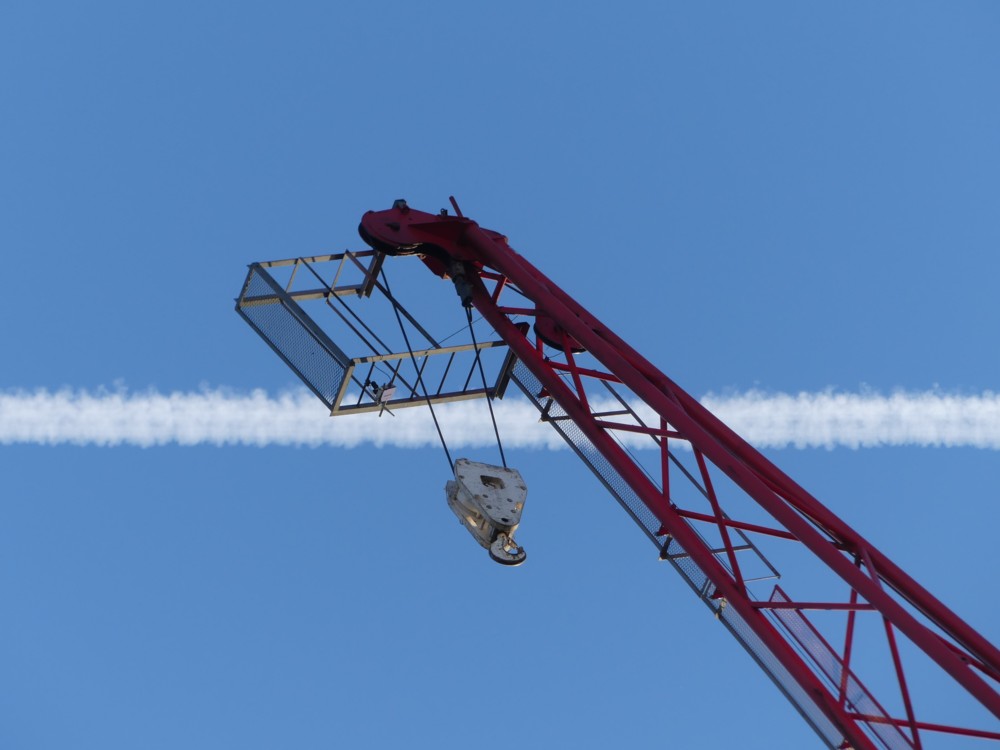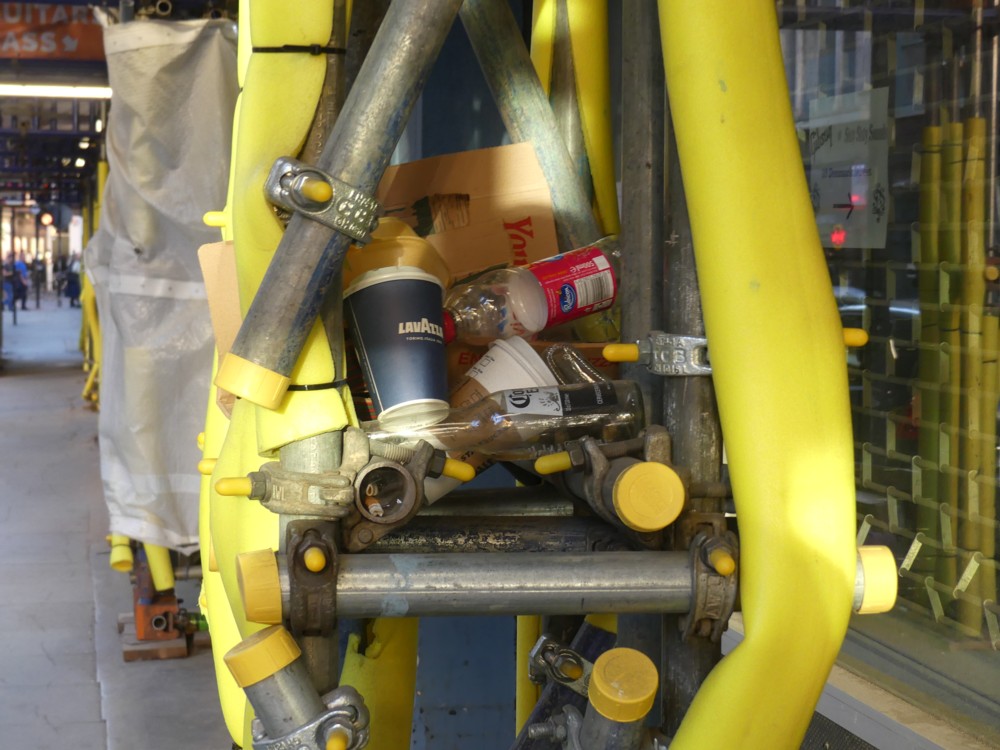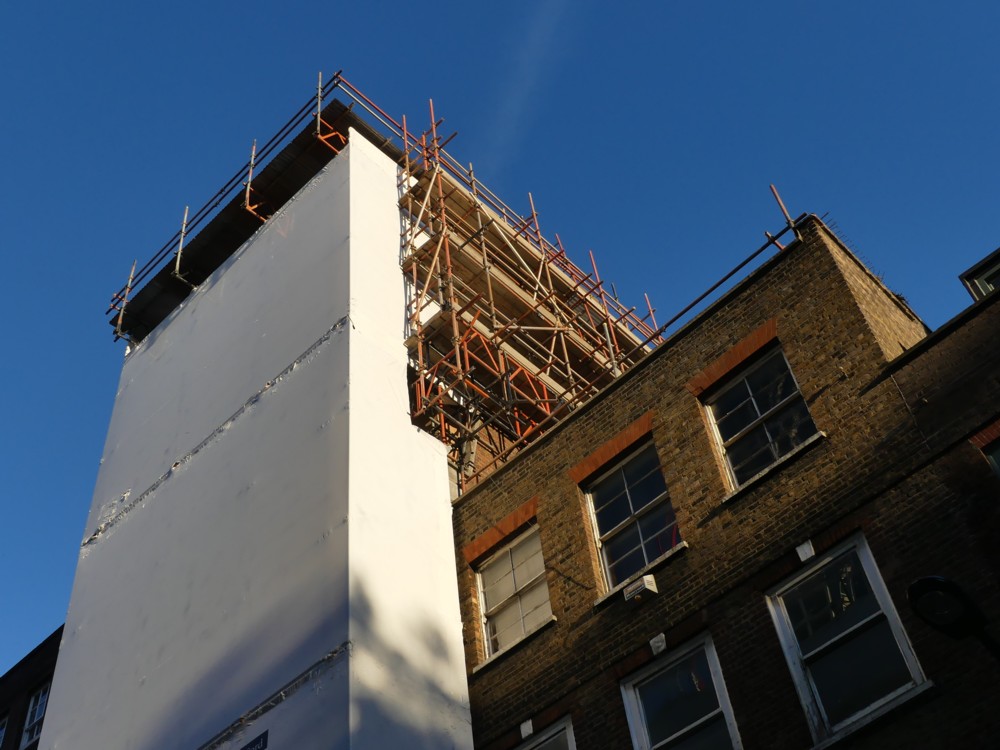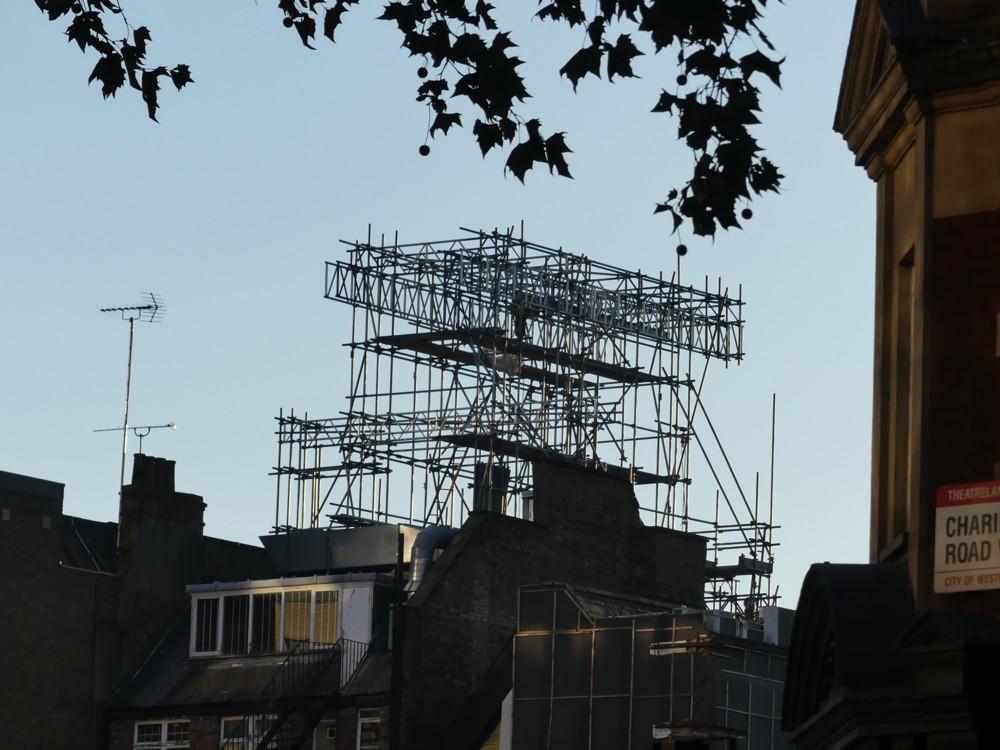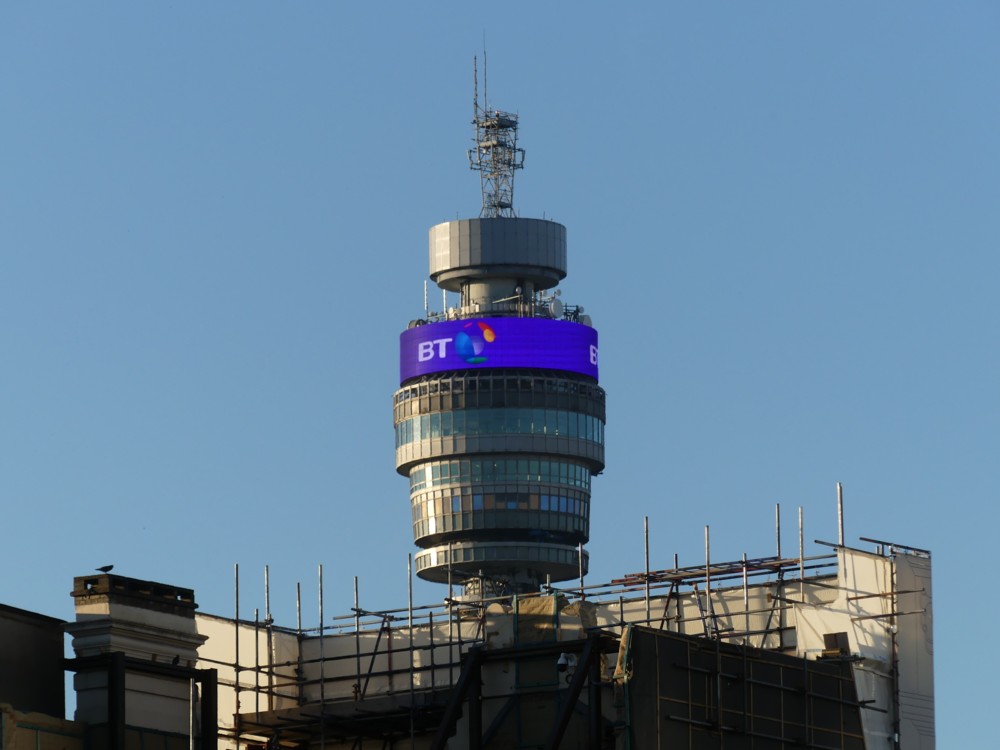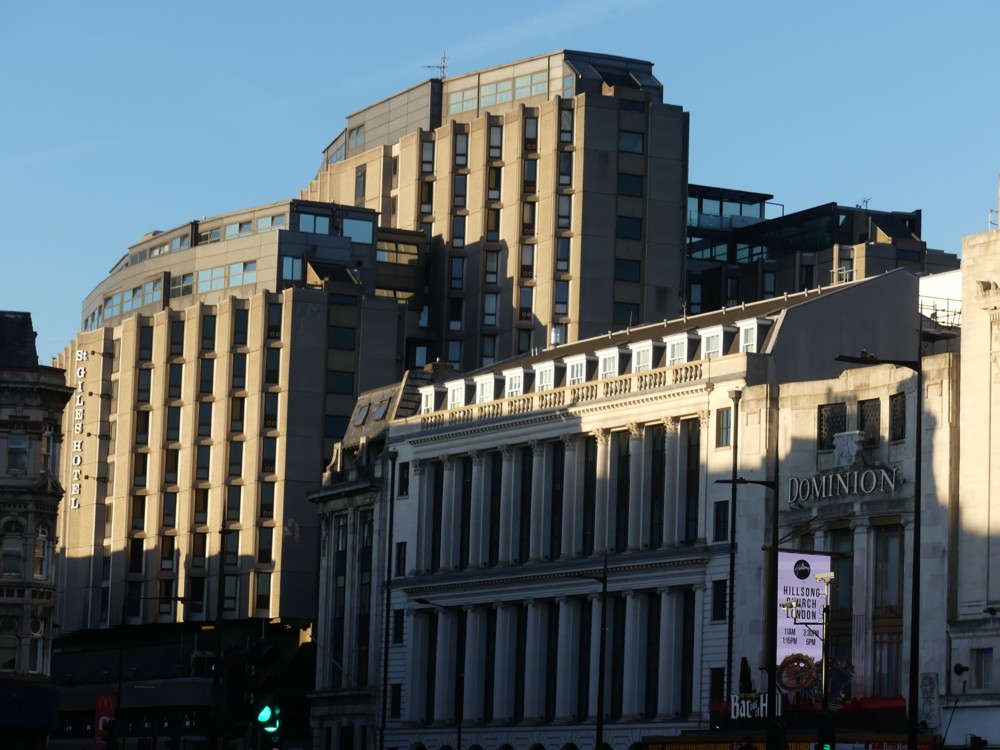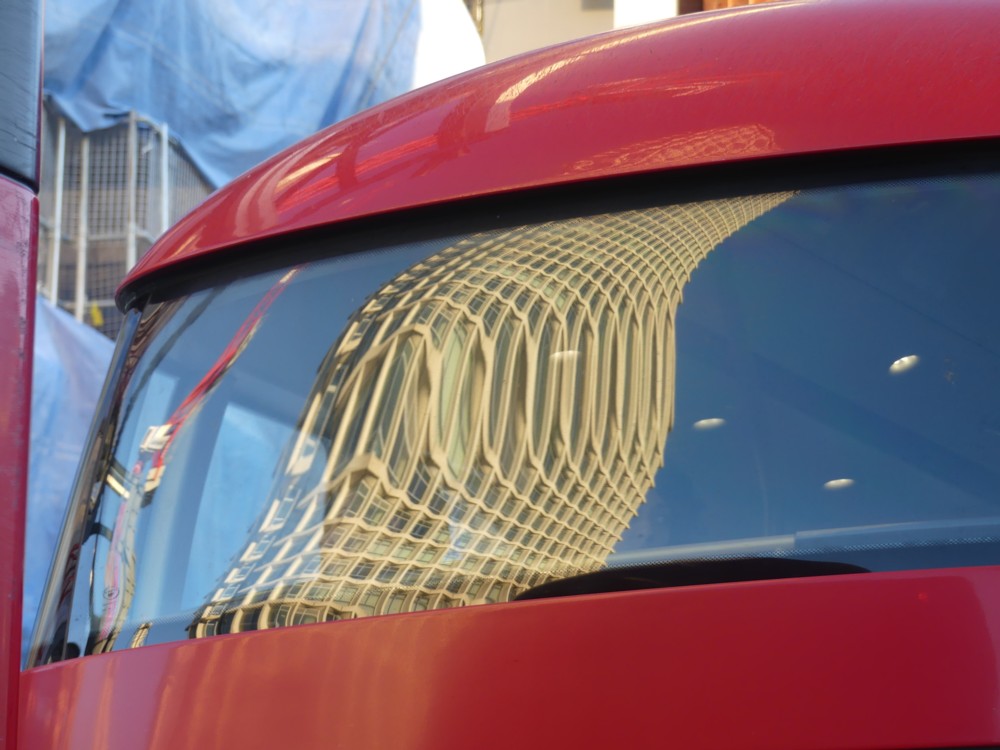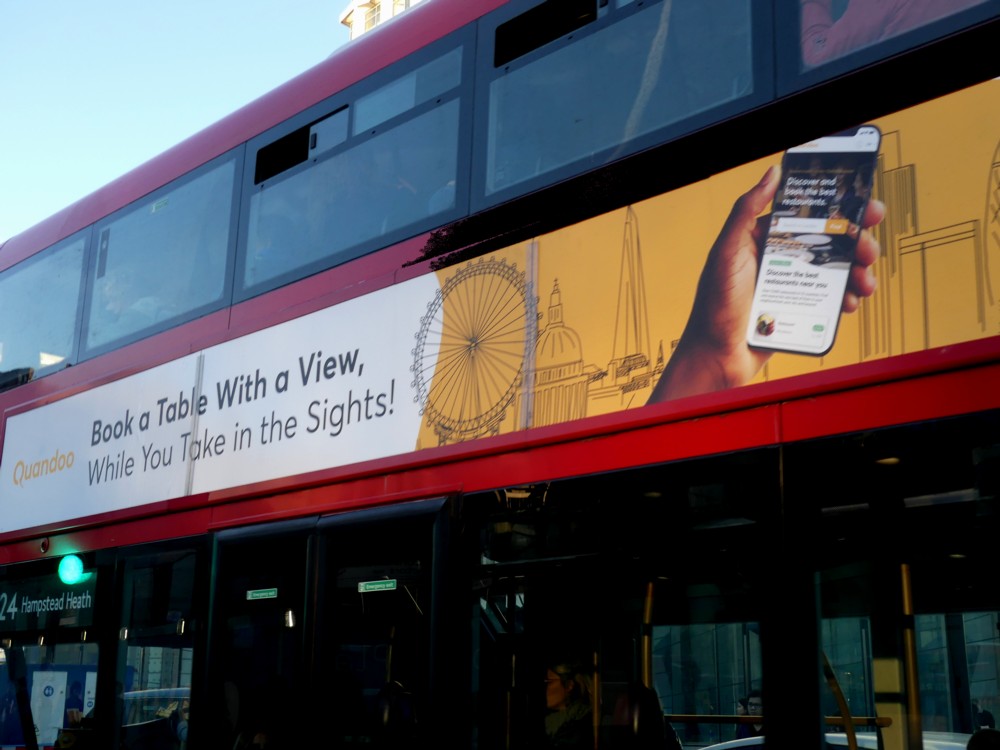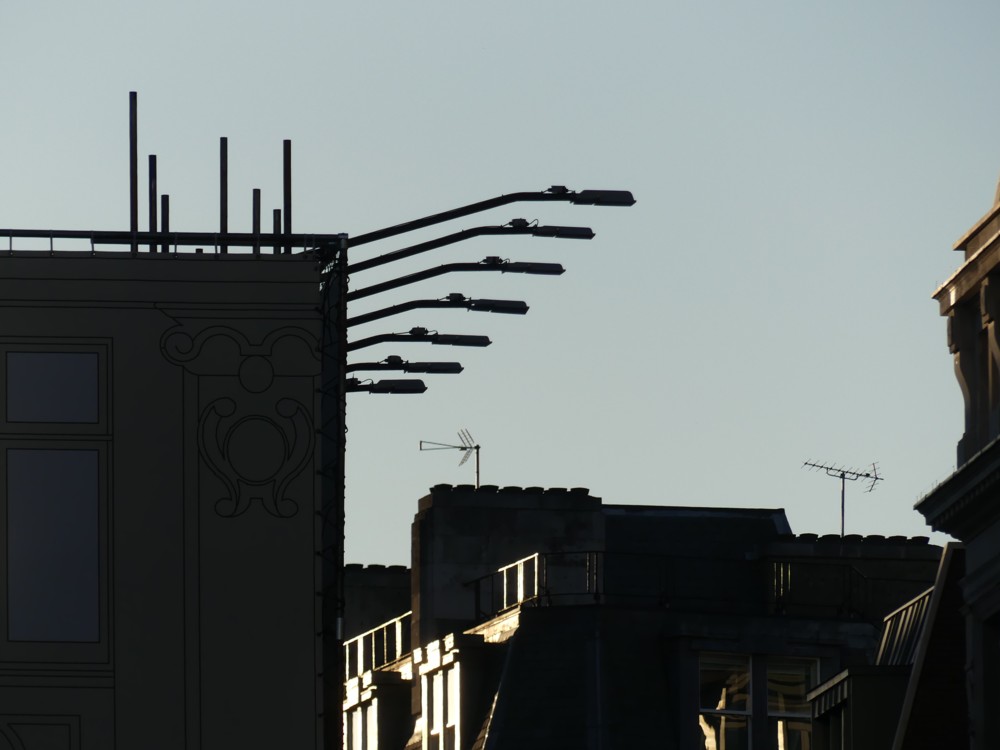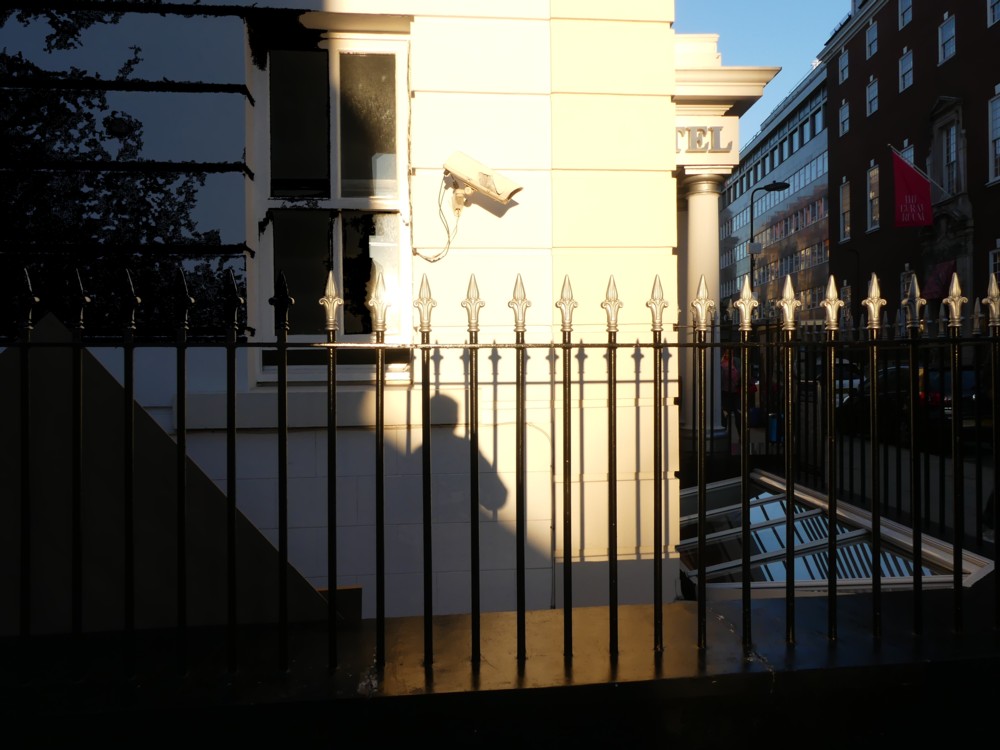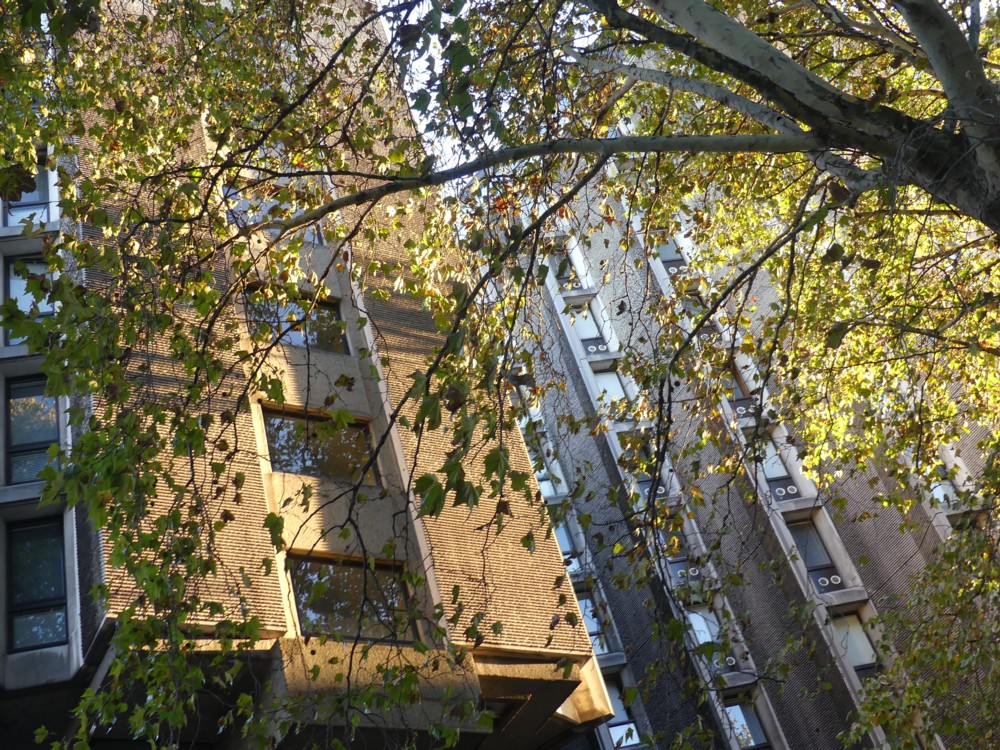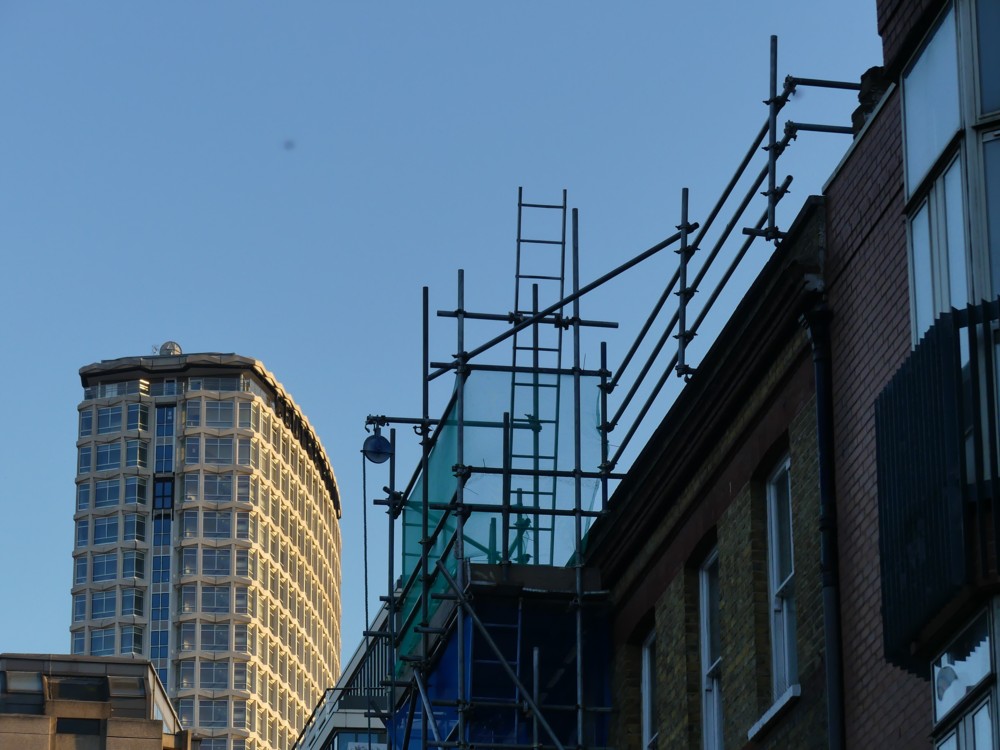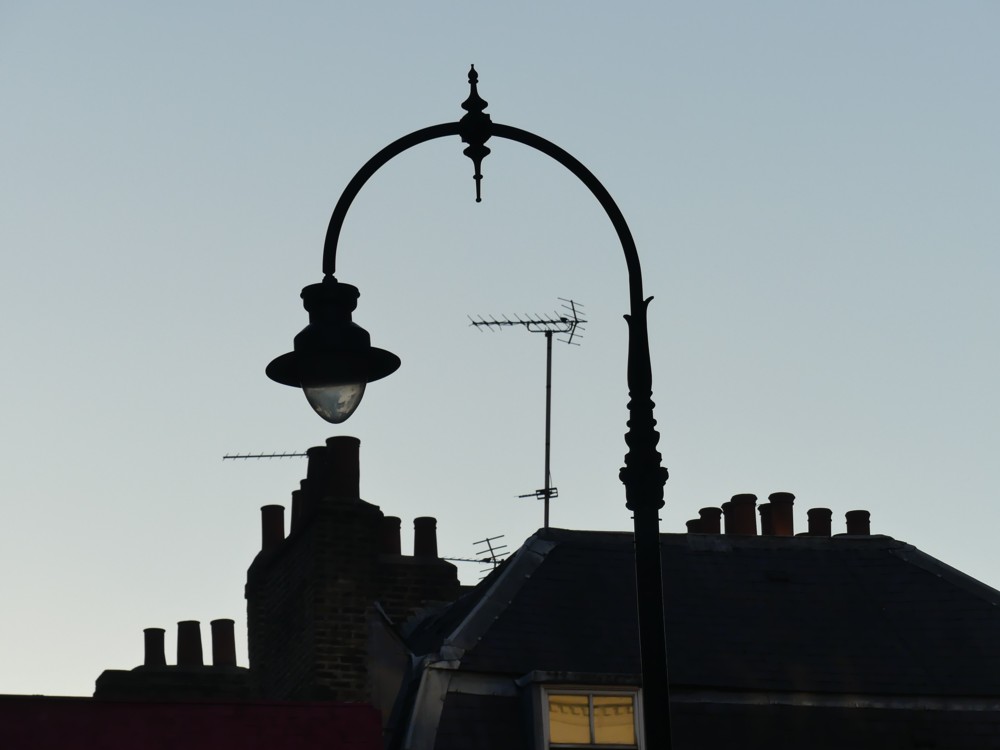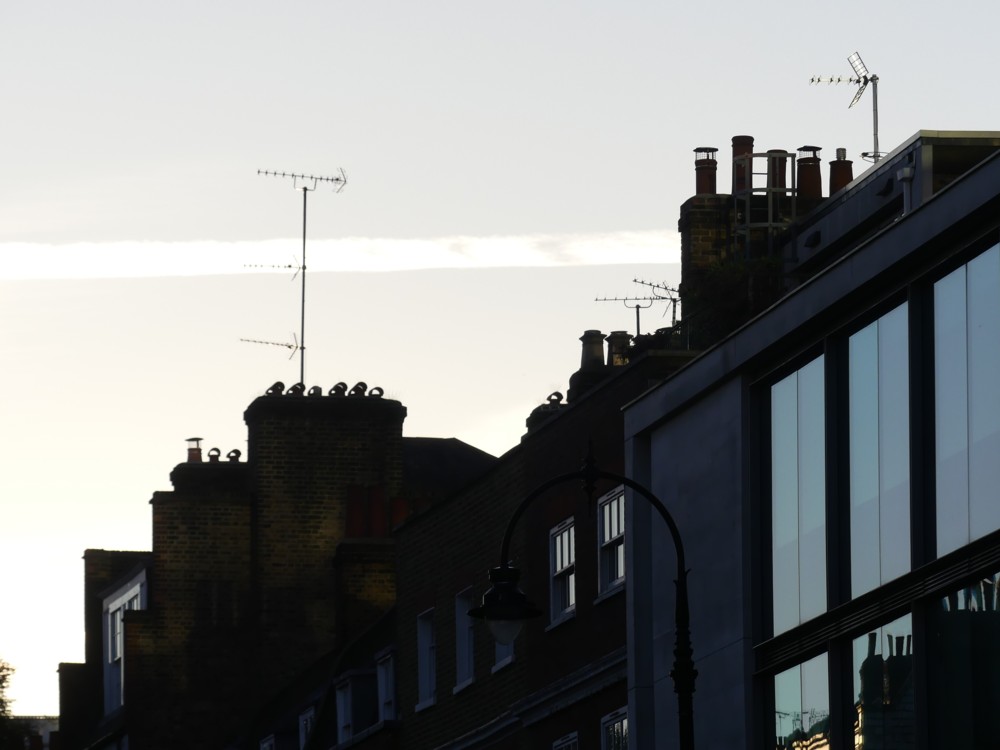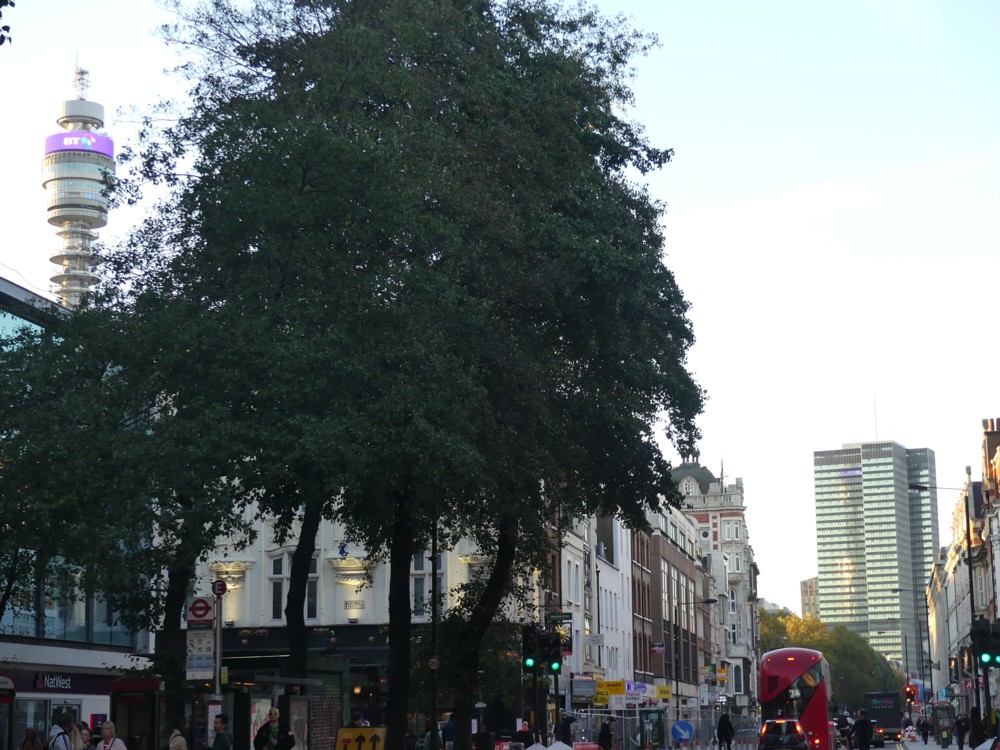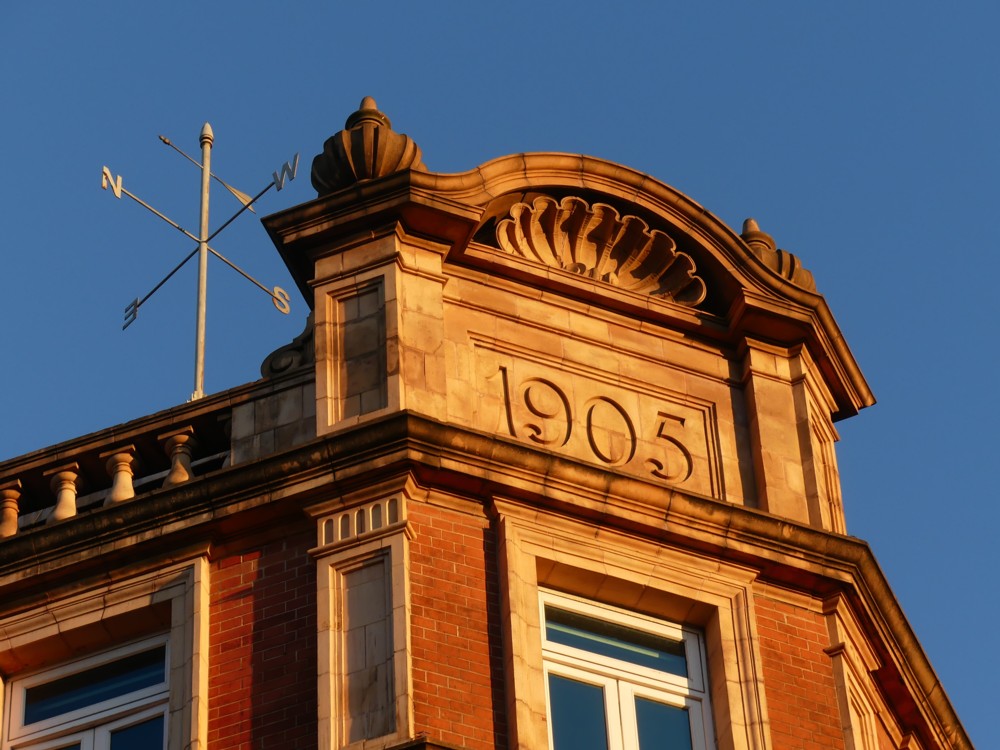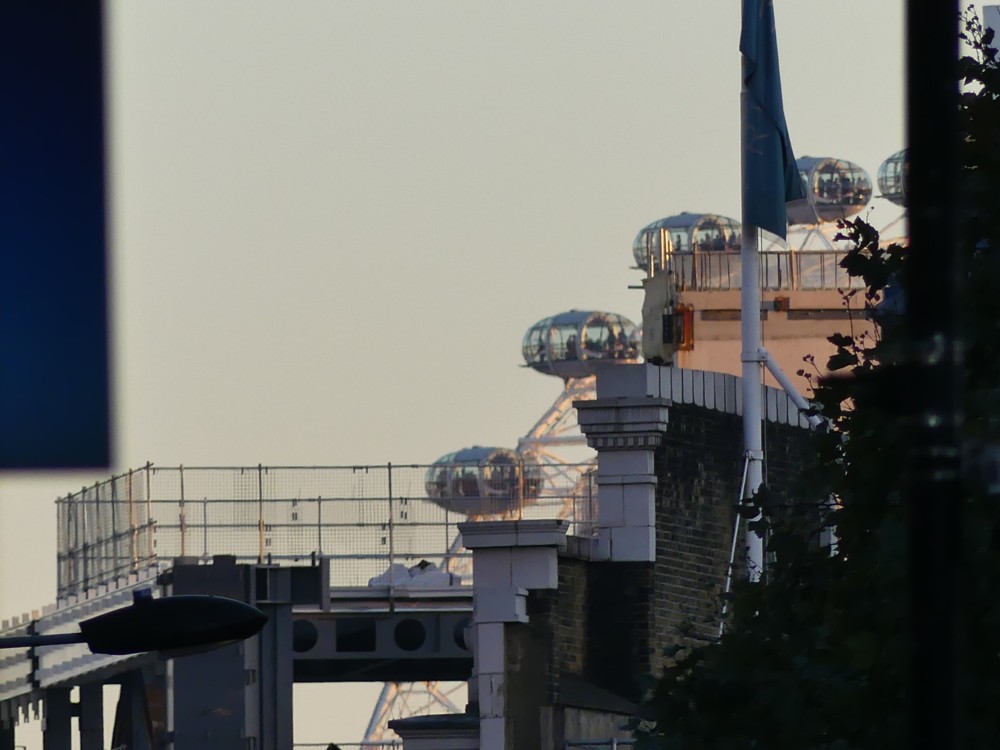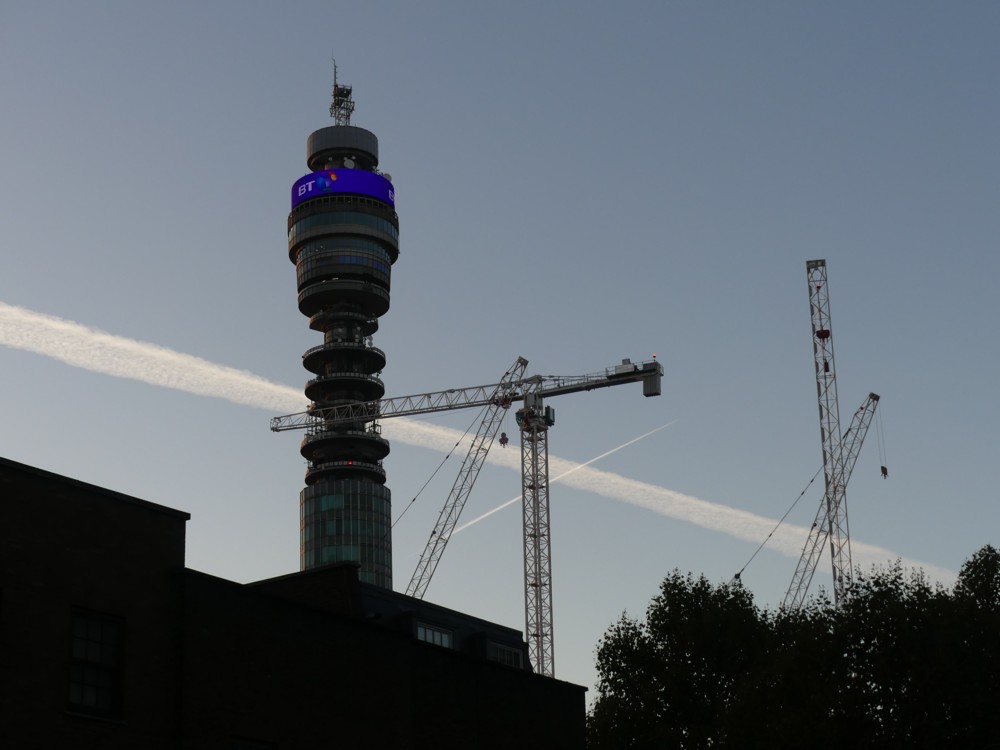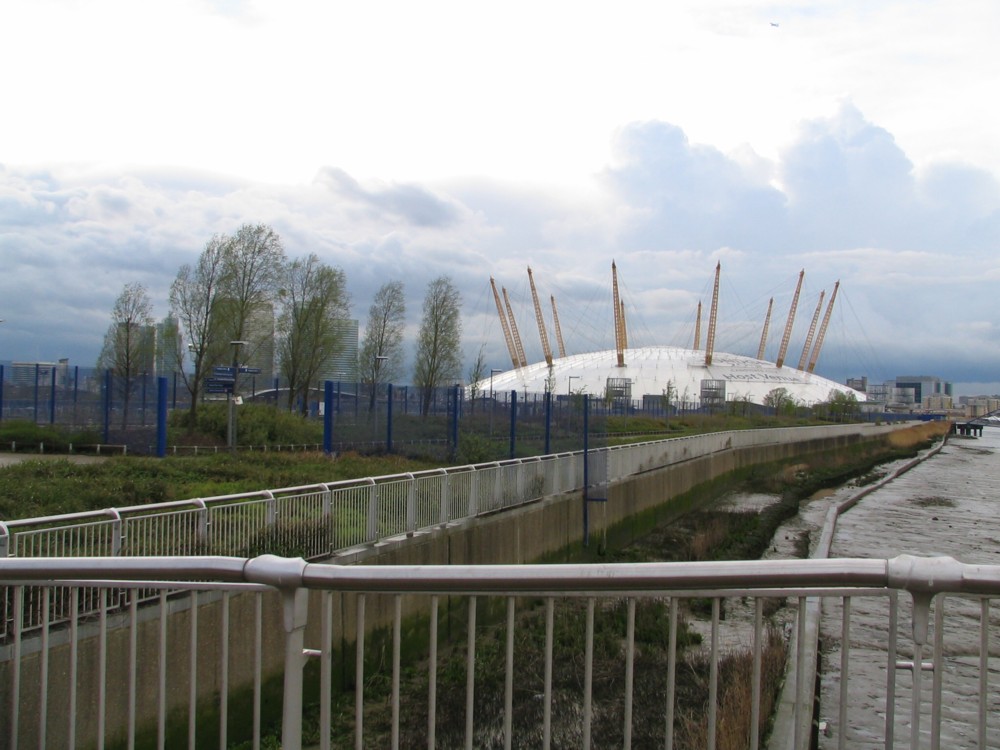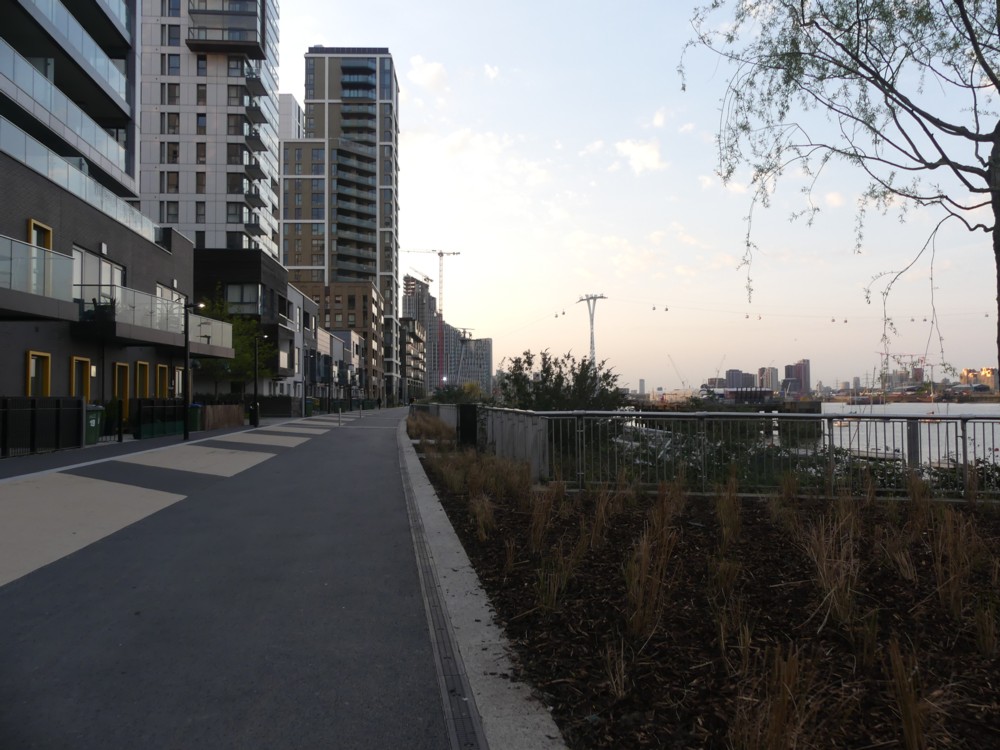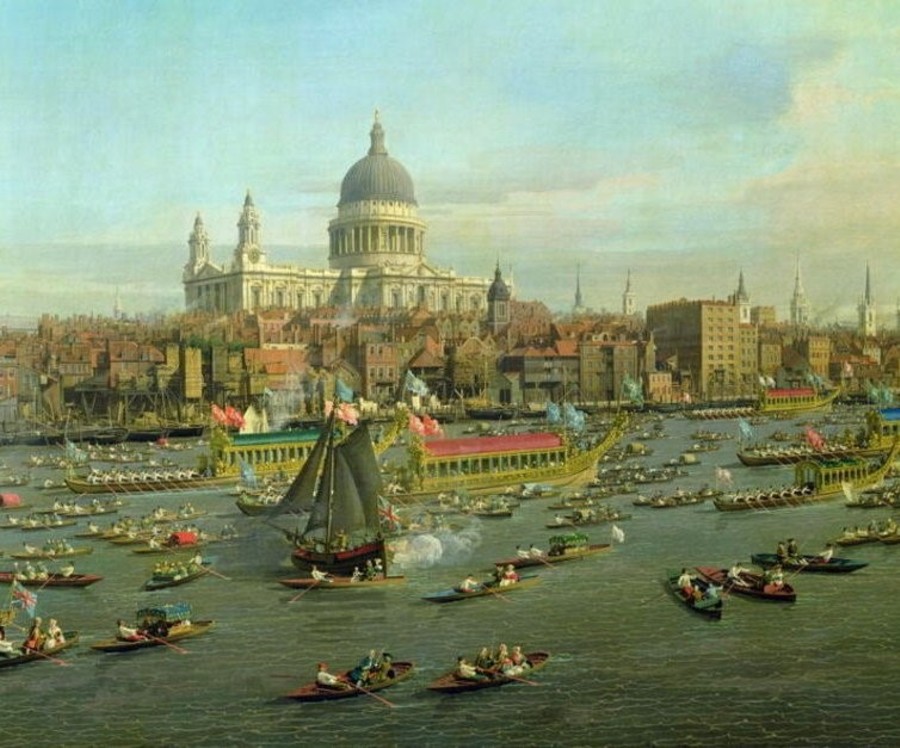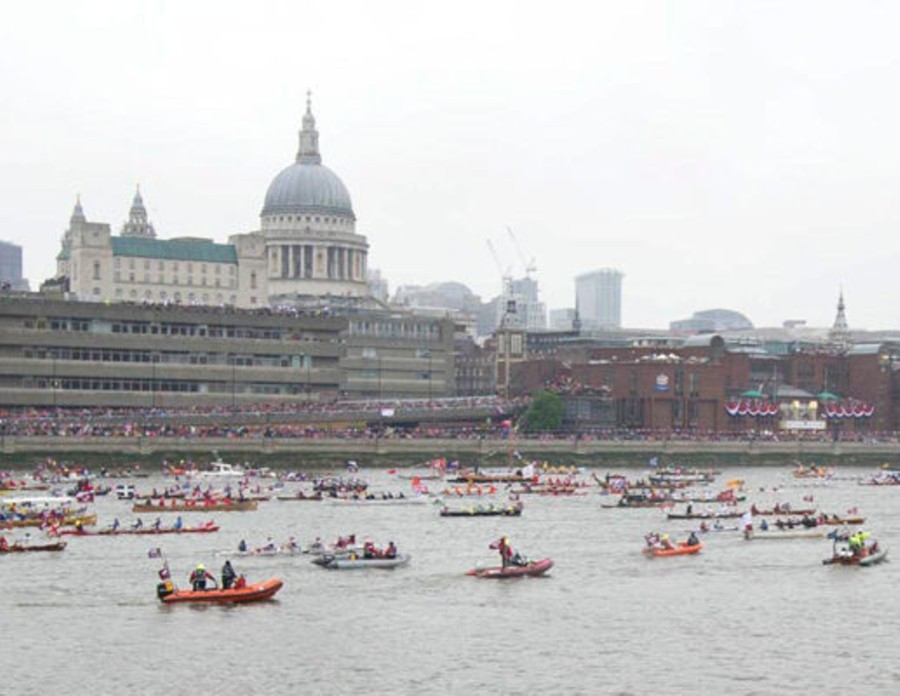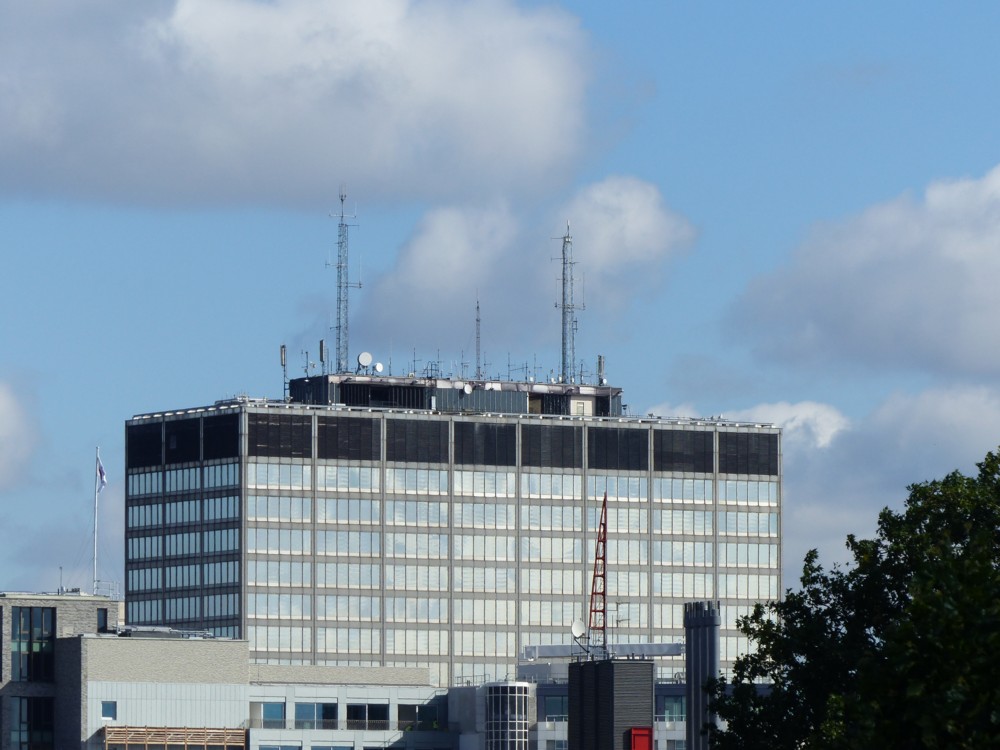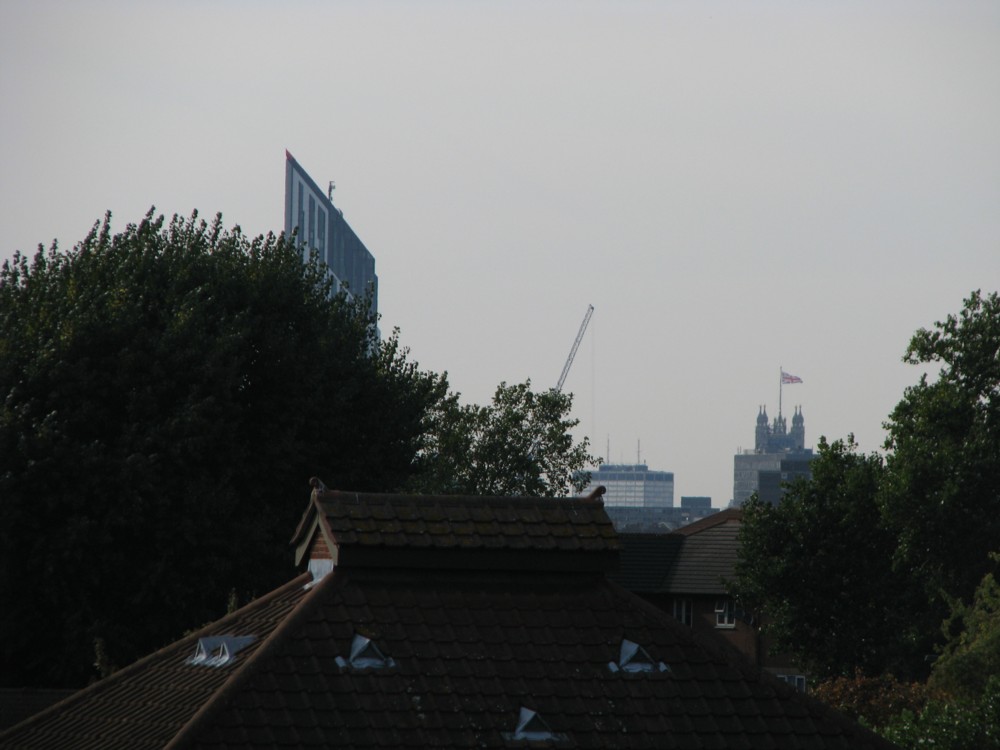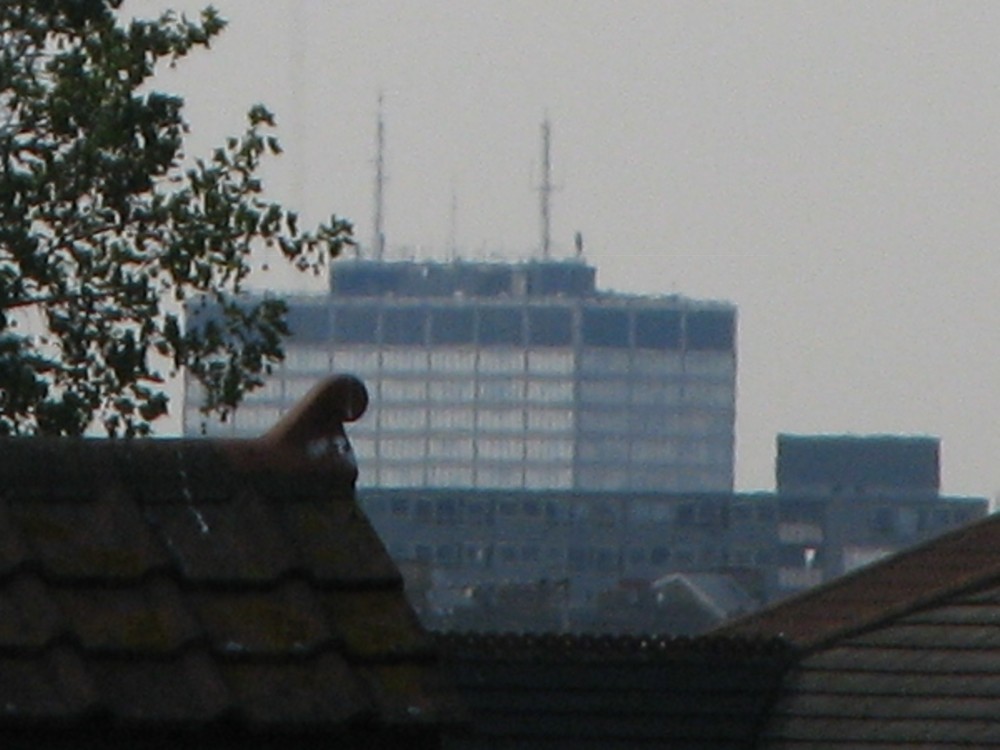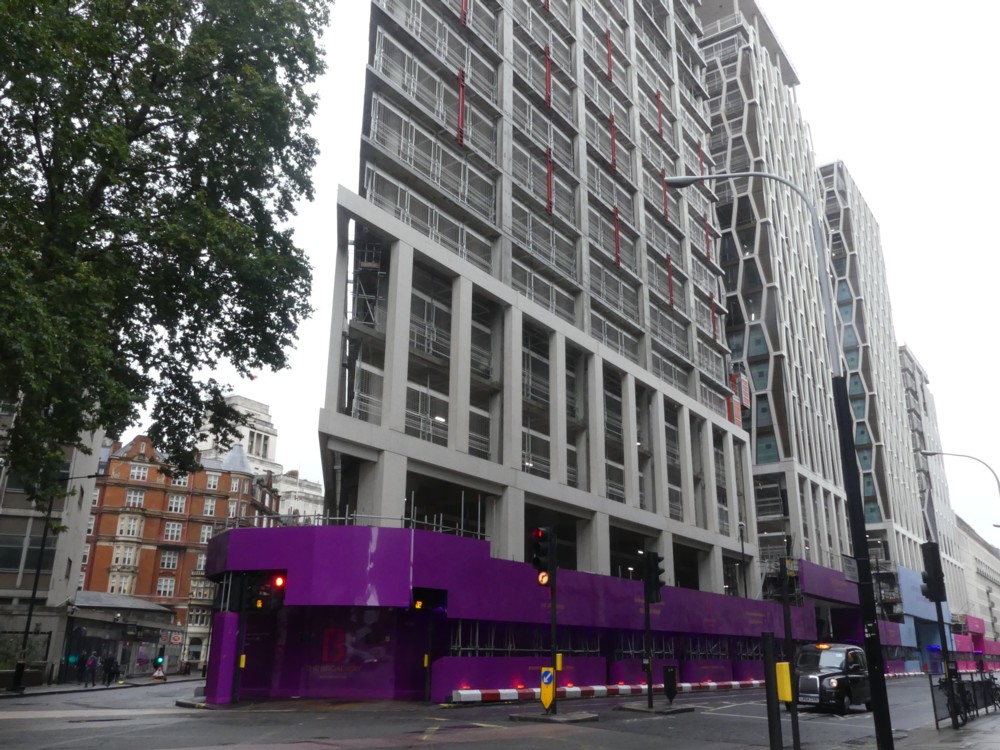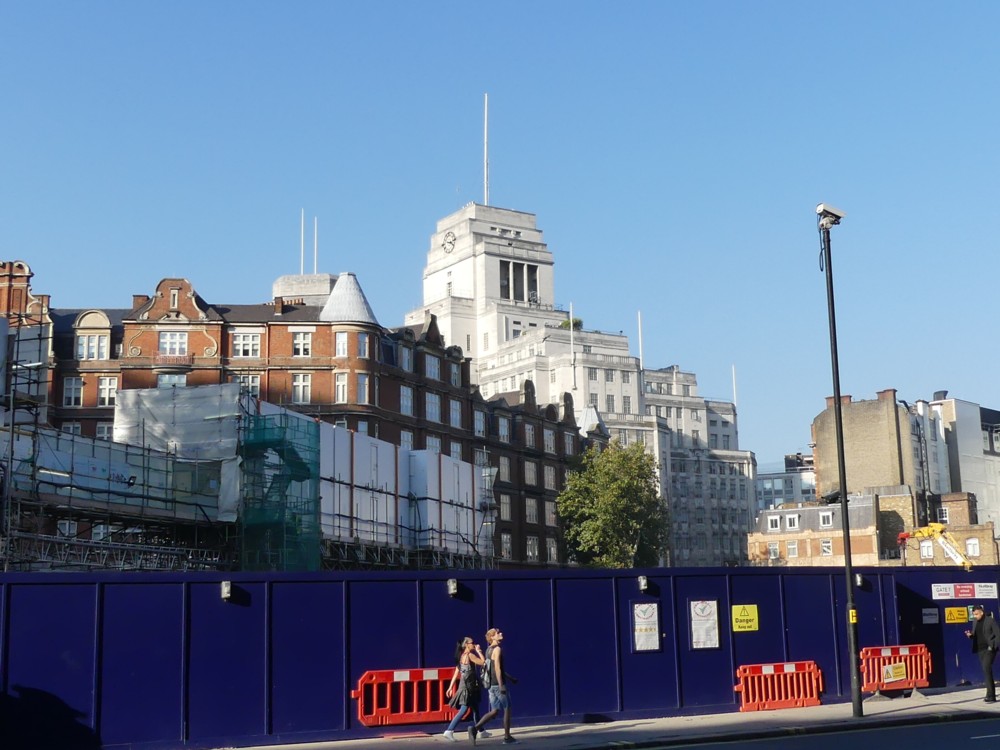When out-and-about yesterday afternoon, I lost count of the e-scooters I saw. These are about half of them, or so, maybe less. The photo-quality is rubbish, because I was usually busy photoing something else, and because, on London’s currently very empty roads, these things go really quite fast, and are usually past me before I even notice them. My speciality is static stuff, like architecture and sculpture and signs and photoers photoing and taxies-with-adverts stopped at traffic lights. E-scooters are seldom static, and when they are I tend not even to see them:
The best photo of an e-scooter by far that I photoed yesterday showed a very clear face of the person doing the e-scooting. Since there are legal uncertainties about whether and where these things are allowed, I didn’t show that one.
As Lockdown drags on, I become ever more impatient to learn whether these machines have any long term future in a traffic-heavy city like London. Lockdown has created very e-scooter-friendly circumstances on London’s roads, but that cannot last. I am zero-ing in, in my autodidactic way, on a law of transport, which says that all vehicles are really systems. You can invent a superbly clever vehicle. But if the right environment for it does not exist, or is the kind of environment that the powers-that-be are not inclined to create, then it’s no go. Steam locomotives are obviously also railway networks. Cars and lorries are, almost equally obviously, road networks, for which, in the early days of the car, there was huge political backing. Bicycles likewise need bicycle networks, or at the very least laws restraining the cars and lorries from running them over on what is basically their network.
Perhaps my waning enthusiasm for e-scooters is linked with the near miss I was subjected to very recently by a delivery e-scooter, e-scooting on the pavement I was slowly walking along. He was in a big hurry and had he hit me, I’d have suffered serious damage. I can remember when such behaviour was fairly common with juvenile-delinquent propelled bicycles, but someone or something seems to have taught some manners to the scumbag cycler fraternity in recent years. The e-scooting people will have to learn similar lessons if they want any help from the politicians, to create an e-scooter network. The e-scooting people I see, in London SW1, are almost none of them juvenile delinquent in demeanour or dress. They all seem like hard-working young citizens. That delivery guy is the nearest to an e-scooter delinquent I’ve encountered, but he too was working, very hard indeed, which is what caused the problem. Needless to say, I had no time at all to take any photos. He wasn’t stopping to apologise, quite the opposite. If he’d hit me, he’d have done a hit-and-run escape, assuming he was able to.
Once anecdotes like that start circulating, the politics of e-scooting will become more like the politics of knife crime. As in: Why the hell isn’t it being stopped?

